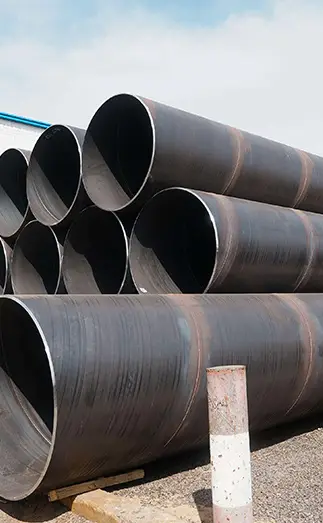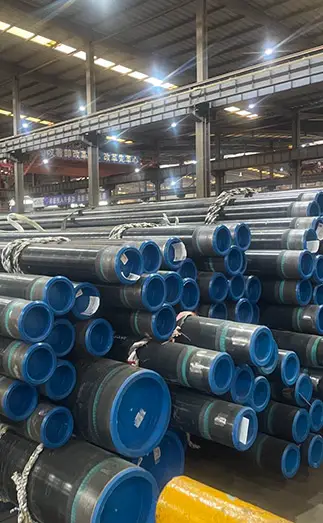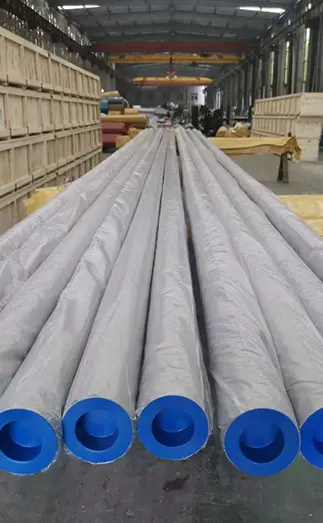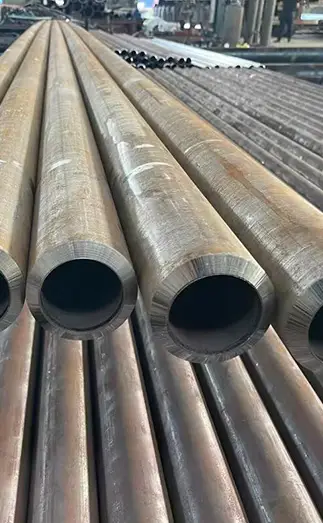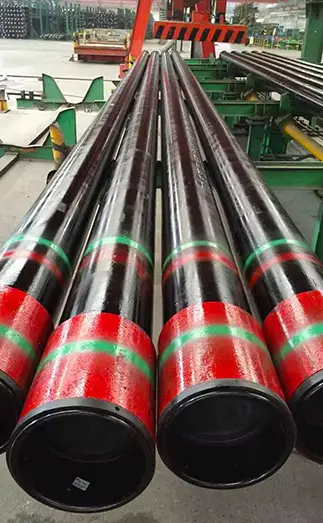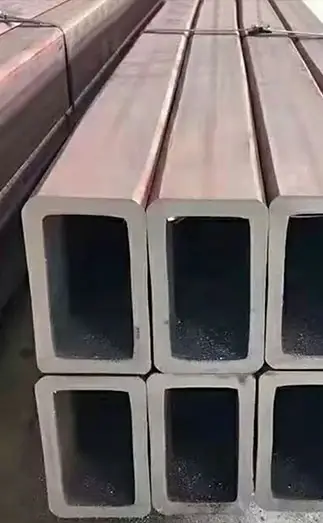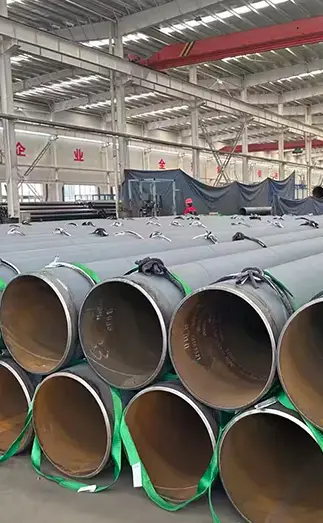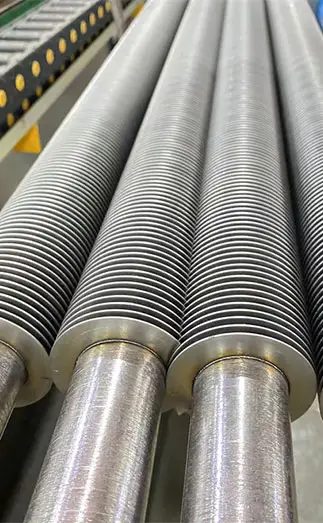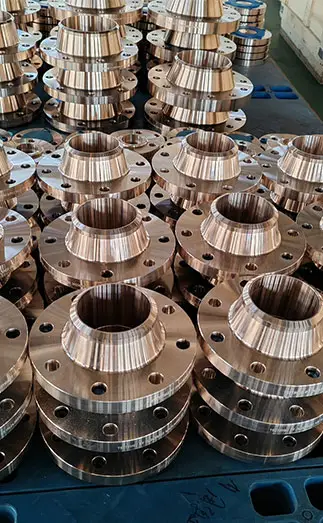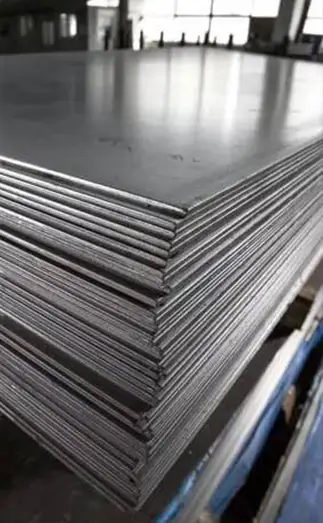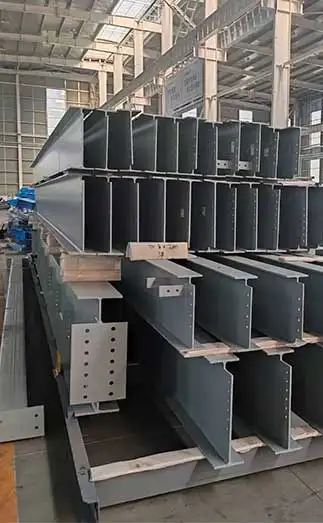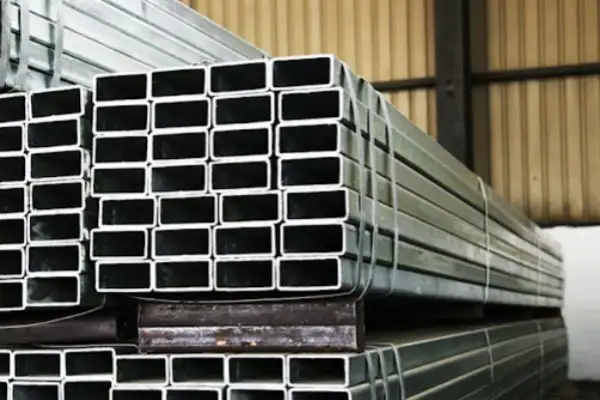API 5CT, established by the American Petroleum Institute, is a globally recognized standard governing the manufacturing, performance, and usage of oil casing pipes. It outlines specifications for materials, dimensional tolerances, and mechanical properties such as tensile strength, yield strength, and collapse resistance, as well as stress performance requirements.
Oil casing plays a critical role in maintaining wellbore integrity and must withstand a complex set of stresses encountered during drilling and production. These stresses originate from both the geological environment and operational conditions.
Super Steel Manufacturing Co.,Ltd is professional oil casing pipes manufacturer, for more details, please contact:sales@super-steels.com
Primary Stress Types Acting on Oil Casing Pipes
Axial Stress
Origin: Generated by the self-weight of the casing string, suspension load at the wellhead, temperature-induced thermal expansion, and internal fluid pressure.
Effect: Can lead to axial tension or compression, influencing elongation or buckling behavior.
Radial Stress
Origin: Caused by pressure differentials between the wellbore interior and exterior, such as formation pressure or injection pressure.
Effect: Acts perpendicular to the casing wall and contributes to its resistance to collapse.
Circumferential (Hoop) Stress
Origin: Results from the difference between internal and external pressures acting on the casing.
Effect: Places a circular tension or compression around the casing’s circumference and is a critical factor in evaluating collapse strength.
Shear Stress
Origin: Caused by wellbore curvature, casing eccentricity, and uneven formation loads.
Effect: May result in deformation or slippage along casing sections, particularly in deviated or horizontal wells.
Combined Stress
Assessment Method: Evaluated using Von Mises equivalent stress, which integrates the effects of multiple stress components to determine overall casing strength and failure risk under complex loading conditions.
API 5CT Requirements for Casing Stress
API 5CT specifies the minimum yield strength and tensile strength of casing of different steel grades, for example:
|
Steel Grade
|
Minimum Yield Strength (psi)
|
Minimum Tensile Strength (psi)
|
|
H40
|
40,000
|
60,000
|
|
J55
|
55,000
|
75,000
|
|
K55
|
55,000
|
95,000
|
|
N80
|
80,000
|
100,000
|
|
P110
|
110,000
|
125,000
|
|
Q125
|
125,000
|
135,000
|
Common Failure Modes of Oil Casing Under Stress
Tensile Failure
Cause: Occurs when axial stress exceeds the casing’s tensile strength.
Result: Leads to longitudinal rupture or breakage of the pipe.
Collapse (Extrusion) Failure
Cause: Triggered by excessive external pressure surpassing the casing’s collapse resistance.
Result: Causes ovalization, buckling, or complete structural collapse.
Burst (Explosion) Failure
Cause: Results from internal pressure exceeding the burst pressure rating of the casing.
Result: Produces radial cracking or rupture along the pipe body.
Fatigue Failure
Cause: Induced by cyclic loading during operations such as water injection or acidizing.
Result: Leads to crack initiation and propagation over time.
Corrosion Failure
Cause: Exposure to corrosive agents like hydrogen sulfide (H₂S) and carbon dioxide (CO₂) deteriorates the casing material.
Result: Weakens structural integrity, increasing the likelihood of failure under load.
Strategies for Optimizing Oil Casing Stress Design
To enhance the structural performance and service life of oil casing, stress design must be rigorously optimized using the following methods:
Appropriate Steel Grade Selection
Use high-strength grades such as P110 for deep wells and Q125 for ultra-deep or high-pressure wells.
Wall Thickness Optimization
Increasing wall thickness improves resistance to external pressure and enhances collapse strength.
Use of Composite or Corrosion-Resistant Materials
Implement advanced alloys like titanium-based or CRA (corrosion-resistant alloys) to mitigate chemical corrosion.
Improved Cementing Quality
Enhancing cementing integrity helps distribute loads more uniformly and reduces localized stress concentrations.
Finite Element Analysis (FEA)
Employ FEA simulations to model and evaluate the complex underground stress environment and optimize casing configuration accordingly.
Conclusion
Stress analysis of oil casing under API 5CT standards involves evaluating axial, radial, hoop (circumferential), and combined stresses. Accurate calculation of critical parameters—including tensile strength, collapse resistance, and burst pressure—is essential for ensuring downhole casing reliability. To prevent failure, it is vital to integrate considerations such as steel grade, wall thickness, environmental corrosion, and mechanical loads into the design process. A robust design approach not only enhances safety but also extends the operational life of the wellbore system.



 English
English Español
Español Français
Français بالعربية
بالعربية